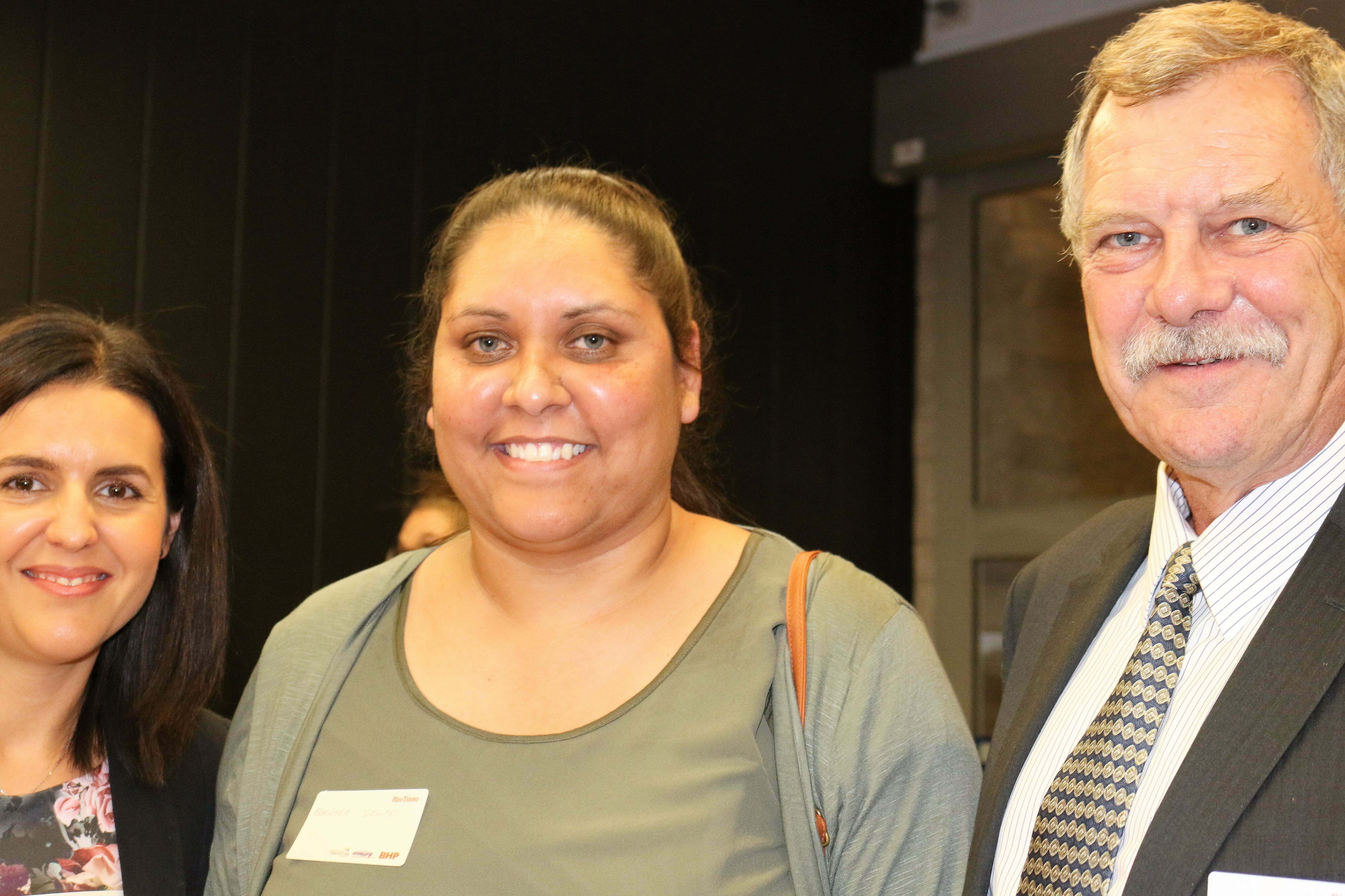BHP’s commitment to seeking out excellence in mining and setting itself an aspirational goal of achieving a 50/50 gender balance by 2025 company-wide, has recently reached an impressive milestone. New figures show that women now make up a fifth of its 26,000-strong workforce, an increase of 3 percentage points in the year to June 2017 (Hume, 2017).
In light of this inspiring achievement, MEC Mining General Manager of Strategy and Business Development, and Committee Chair of Women in Mining and Resources Queensland (WIMARQ), Maria Joyce reflects on not only the benefits of a diverse workforce, but also the challenges that are likely to accompany these ambitious aims.
Nowadays, the advantages of gender diversity are well-known.
 “Whether it be increased organisational adaptability, a broader service range, ensuring diversity of thought, or more effective execution due to raised employee motivation; the benefits are hard to dispute, especially when there have been direct correlations with high performance cultures and increased profitability as an outcome of this,” says Joyce.
“Whether it be increased organisational adaptability, a broader service range, ensuring diversity of thought, or more effective execution due to raised employee motivation; the benefits are hard to dispute, especially when there have been direct correlations with high performance cultures and increased profitability as an outcome of this,” says Joyce.
One study of 22,000 publicly-traded companies in 91 countries conducted by researchers at The Peterson Institute for International Economics, found that companies with 30 percent female executives rake in as much as six percentage points more in profits.
But with any substantial change comes new and significant challenges. Through her role at WIMARQ, Maria has been introduced to women who have concerns about diversity targets detracting from the hard work that they have put in, due to an attitude throughout the business by women and men alike that men may be missing out on roles solely due to these goals.
“For diversity measures to be sustainable, it is essential to ensure that all individuals feel valued and included to ensure that talent is not only attracted to the industry but retained. Nobody wants to be looked at as a diversity target; having the right culture within organisations is crucial in supporting this. We also need to go back to grass roots and nurture and develop our talented females in the early stages of their career to truly support retention and build our future leaders” explains Joyce.
Having recently come back from maternity leave, Maria is particularly interested in the impact that parental return to work policies and conditions has on diversity and employee retainment.
“Currently it is commonplace to provide some flexibility around the exact timing of the equivalent total number of work hours, but is this really that beneficial? Seeing as it is difficult to perform some roles, particularly senior leadership in a part time capacity or varied working hours, we need to keep pushing the envelope and seeking ways and means that ensure both business needs are met and flexibility is revolutionised in the workforce. This goes for both men and women who want to be more hands-on parents. Available childcare options can be a huge issue in itself with many of us in the industry working non-standard business hours, FIFO or even on roster. As an industry we need to address all of these issues, she says.
A recruitment site called Diversity Careers is a fantastic resource that allows top employers to attract diverse professionals into sustainable careers with flexible and transparent working conditions.
Additional initiatives to improve the experience of parents returning to work include childcare payment support, scholarships for qualifications whilst on leave (such as an MBA or business degree), and contact days between employer and employees to keep parents on leave in the loop about company updates and objectives. For example, some organisations include a fixed amount of paid contact days in their contracts.
Another measure to attract former employees back to the workplace after a prolonged absence are short term contracts for people who have exited the industry to return and test the waters. GHD have advertised 2-month contracts to encourage this.
At the Women in Resources National Awards (WIRNA) dinner in Launceston, Tasmania in August this year, Maria was one of the judges who represented Queensland and was blown away by the calibre of finalists in every category of the awards.
In particular, Excellence in Company Diversity Programs and Performance award winners St Barbara Limited attained an impressive 100 percent return to work figure for women coming back from maternity leave. They achieved this by keeping employees engaged through flexible return to work conditions and a return bonus.
While setting aspirational diversity targets in the resources sector should be applauded, it is important to consider how these objectives can translate into long-term, sustainable, industry-wide change.
“There are already promising examples of companies taking steps in the right direction, and I look forward to seeing an increase in sustainable employment policies and conditions that champion diversity in the industry,” Joyce says.
Hume N, 2017. Mining company BHP Billiton makes progress on gender balance [online]. Financial Times. Available from: https://www.ft.com/content/fa7e610c-9a2c-11e7-a652-cde3f882dd7b [Accessed 22 September 2017].
https://www.australianmining.com.au/features/diversity-shapes-the-future-of-mining-workforces/
http://www.huffingtonpost.in/2016/02/10/women-leaders-companies-s_n_9199298.html
Photo credits: WIMARQ

